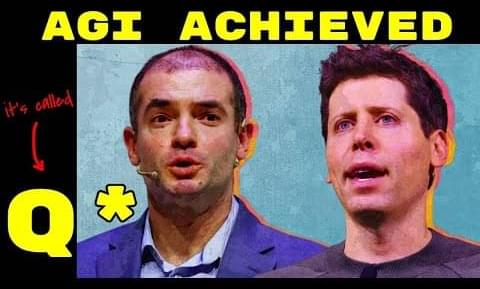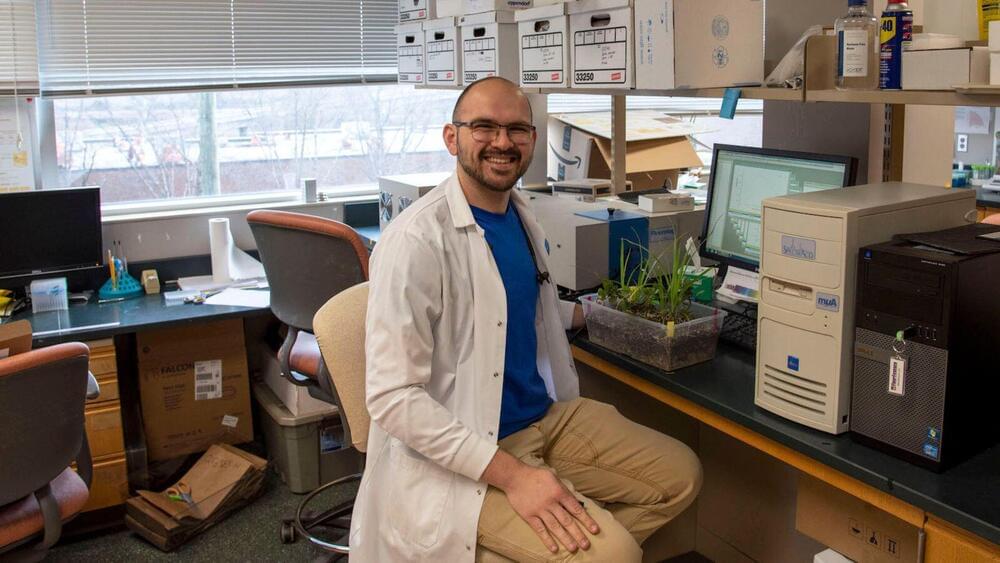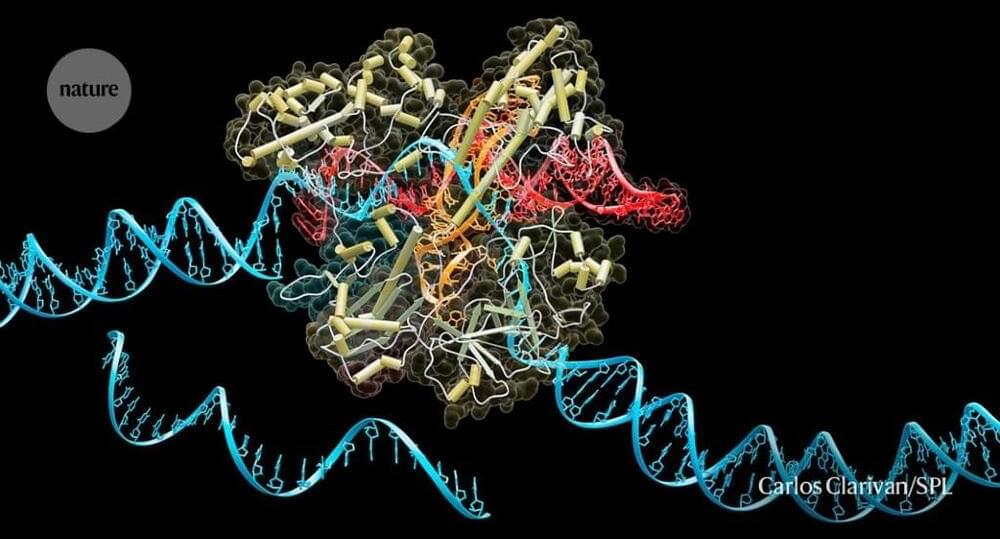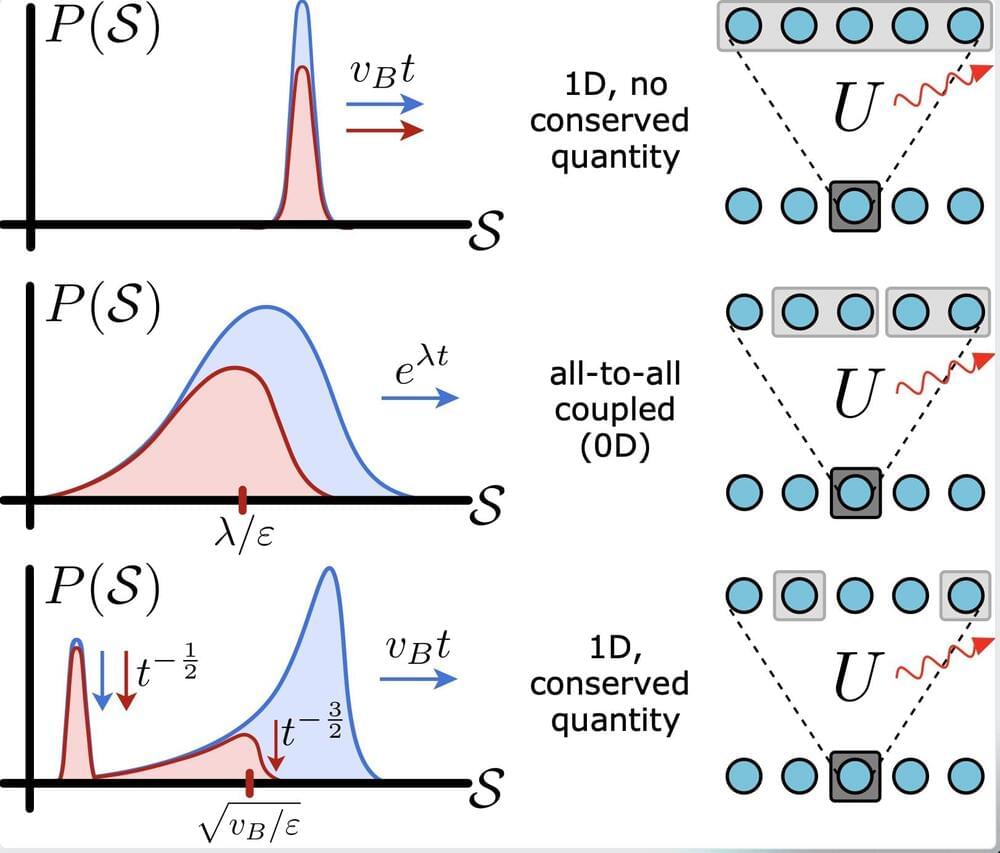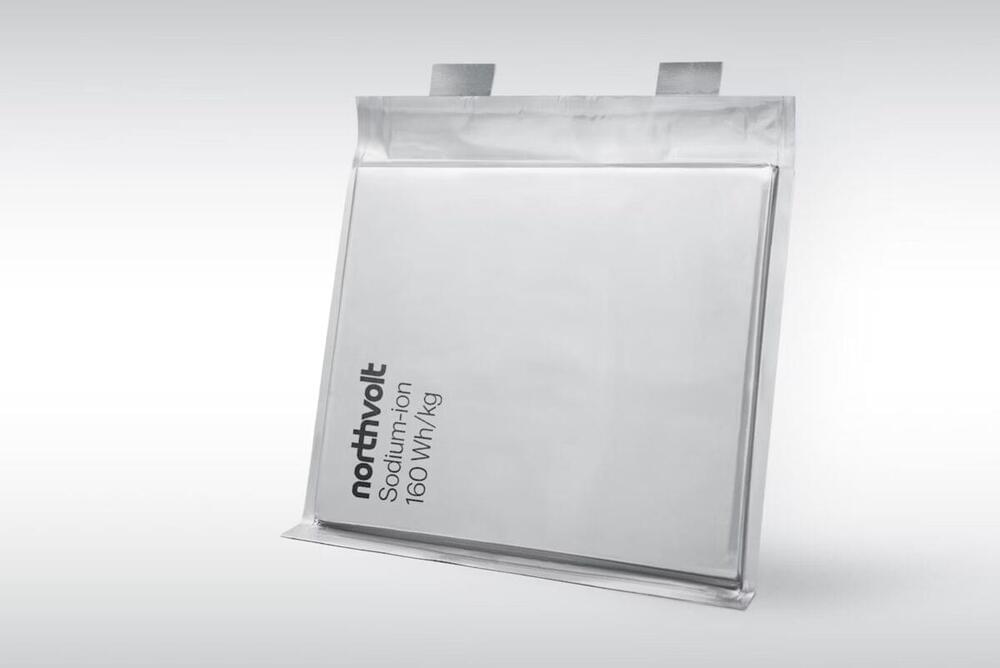As organizations grow, they begin to prioritize process over product. That impedes real innovation. When organizations realize this, they typically respond in three ways: By hiring consultants to do a reorg (that’s “organizational theater”), adopt new processes such as hackathons to spur innovation (that’s “innovation theater”), or take steps to try to reform their bureaucratic behaviors (that’s “process theater”). Instead, what organizations need is an Innovation Doctrine that addresses culture, mindset, and process and guides the organization’s efforts to achieve real innovations.
Page-utils class=” article-utils—vertical hide-for-print” data-js-target=” page-utils” data-id=” tag: blogs.harvardbusiness.org, 2007/03/31:999.242633” data-title=” Why Companies Do “Innovation Theater” Instead of Actual Innovation” data-url=”/2019/10/why-companies-do-innovation-theater-instead-of-actual-innovation” data-topic=” Innovation” data-authors=” Steve Blank” data-content-type=” Digital Article” data-content-image=”/resources/images/article_assets/2019/10/Oct19_07_-513439309-383x215.jpg” data-summary=”
They put too much focus on process and not enough on product.

